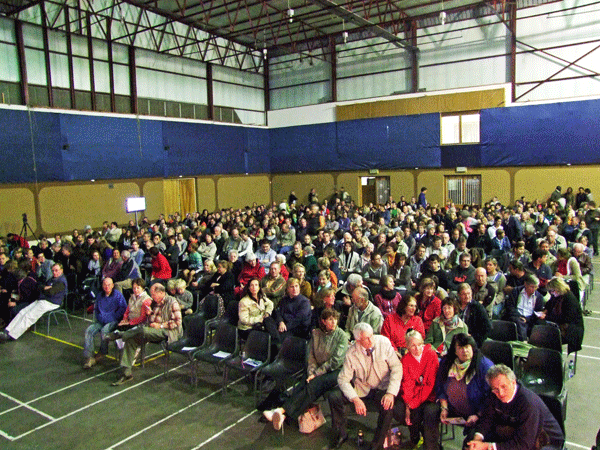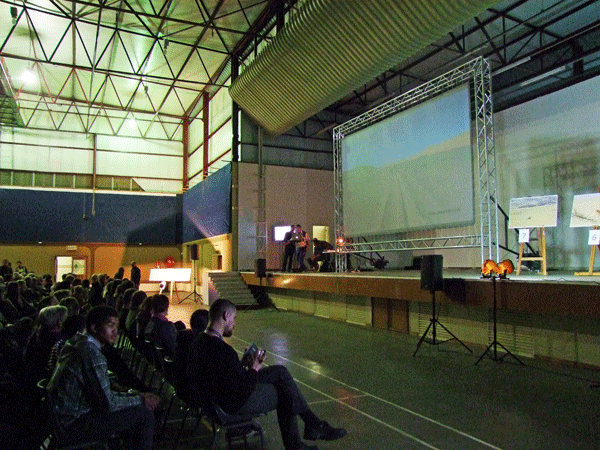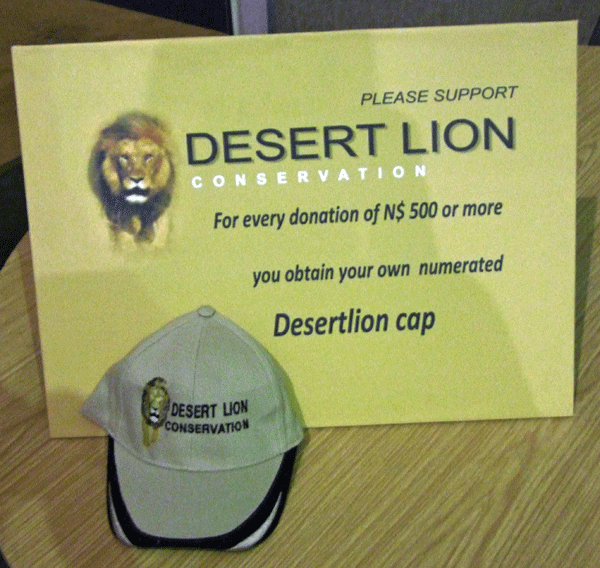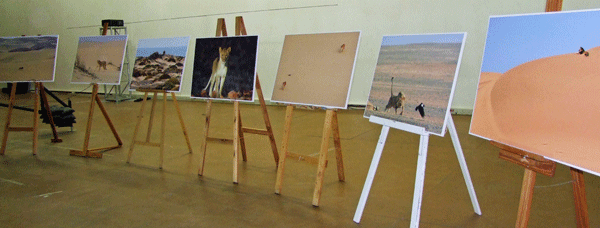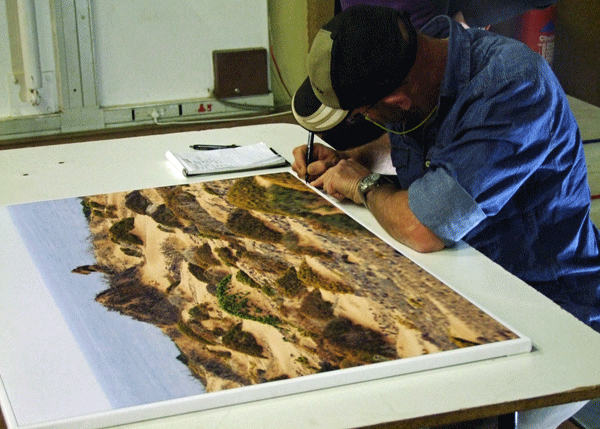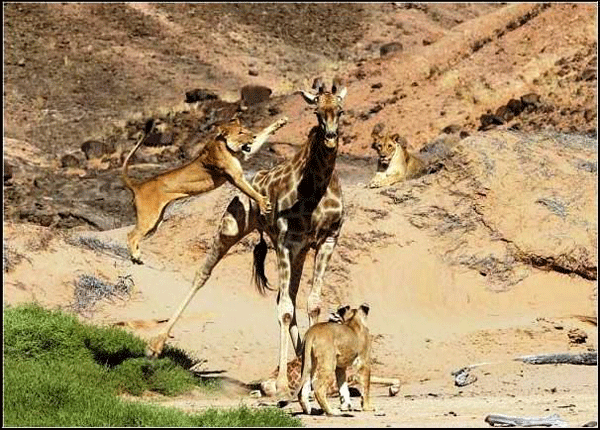Namibia’s Pride: Desert Lions of the Skeleton Coast
Lately, I’ve been privileged enough to have received invaluable insight from the leaders in lion conservation in Africa, and I have accordingly applied it in the content of a series of blogs uncovering the primary reasons for loss of this Big Five leader. Making lions a priority in my research has not only emphasised the extent of an avalanching Eastern market for exotic animal products, it has led me in the direction of the hundreds of projects, initiatives and platforms for activism that are blossoming all over the world. Trawling the internet; following articles link by link; reading with eager eyes the good, the bad and, most devastatingly, the ugly. We are all watching the number of rhino deaths in South Africa climb by the hour, while we read endless reports on Big Cat skeleton trading and study interpretive maps of Africa that are designed to illustrate the dissipating existence of its lions. It’s a nightmarish enlightenment that points fingers directly at humans. Whether it be the expanding population of people that is spreading into the savannah originally inhabited by lions; the human-wildlife conflict in rural villages, where men and women are forced to protect their livestock by killing the predating lions; the gunmen in search of the ultimate African trophy – the shaggy head of a shot pride leader; and perhaps the most dangerous force of all – the insatiable Southeast Asian market for the consumption of lion bone tonics.
It is a wide world of information that, ingested in bulk, can be toxic to the mind and crushing to the soul, but when studied by section, one can find upliftment in the victories that shower hope onto a land being depleted of its most crucial resources. The discovery of good-doing and the united efforts in conservation are evident in a whole range of projects and programmes that have established their places amid the chaos, and it is here that we can rejoice in the progress being made, piece by piece, in the areas that matter most. I feel lucky enough to have recently been introduced to an organisation that has joined the hands of a whole nation and directed efforts toward the redemption of an almost-lost lion population. Desert Lion Conservation, founded in 1998 by Cambridge zoologist, Dr Philip ‘Flip’ Stander, has rescued Namibia’s inimitable lions of the Kunene from a squandering 20 individuals or less to an estimated 130 today. An image of a lioness on the seashore of the Skeleton Coast, feeding hungrily on the carcass of a seal, is a memory recalled by Dr Stander as the watershed moment that has determined his life since then.
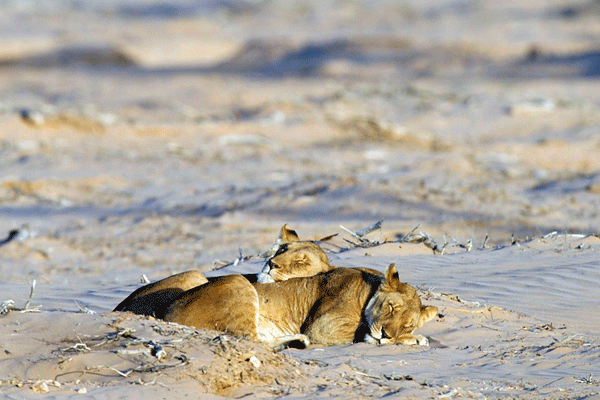
After excitably researching this Namibian lion expert and the project he has put into place, I was delighted to have been invited to attend a talk he was preparing to give in Windhoek. After having met Dr Stander and been given the chance to chat to him about his history with these peerless lions of the desert, it is difficult to place him in Britain, never mind the groomed world of Cambridge! This man is a practised expert with the scientific background to match his poignant passion for lions. Bearded and rough around the edges, yet incredibly gentle, Flip talked about his life with lions like there was no other way to live. He visits his basecamp once every 4-6 months, while every other day and night is spent in his beloved Land Cruiser, or alongside it on the sandy floor of the desert. With the help of sponsors and donors, facilitated by Namibia’s TOSCO Trust (Tourism Supporting Conservation), Desert Lion has taken strides in the protection of the especially resilient, patient, fluid prides of the Kunene.
Massive distances are walked by the lions with little less expected of the very young. They have to move in order to increase the likelihood of finding food, as prey species are much fewer and farther between than those found in Savannah habitats. Hardly ever physically drinking water, these lions keep hydrated through the food they consume – an adaptation that is vital to their survival in the harsh aridity of the barren desert. What’s more is that the blessed increase in their numbers has led to the unfortunate overlap in territories between rural farmers and the lions. The hunters – the females – gratefully prey on the easy, filling meal of beef, but this results in the devastating loss to the cattle owners. The people of the Purros conservancy (among a number of others) rely on their cattle’s milk and meat for nourishment, their leather for clothing and shoes, while these cows also represent monetary value and wealth. Donkeys, too, are used for transport and as water-carriers, making them a meaningful part of the community and an equally as devastating loss. In retaliation, these lions get shot, or in anticipation of an attack, they are poisoned, which leads to heart-wrenchingly painful deaths.
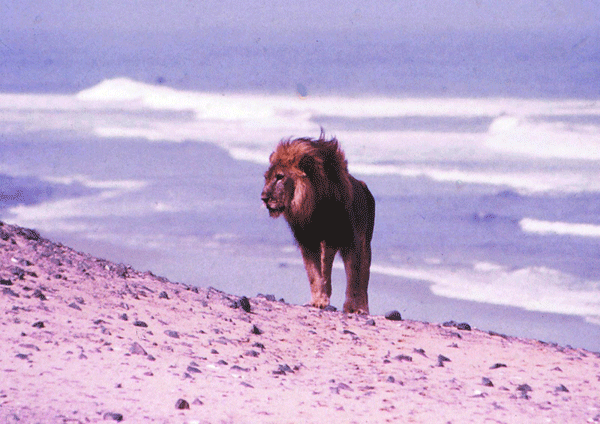
This conflict is known and talked about in Southern and East Africa, as there are many areas shared between humans and predators. It is a problem that is sadly contributing to the death of countless numbers of lions and it is also destroying the relationship between people and these magnificent creatures. Namibia treasures its wildlife as one of its primary national assets and the presence of these free-roaming, golden, dune hunters adds an unrivalled quality to a Kunene safari. Pure wilderness can be found in Namibia’s wide, open spaces where both farmlands and well-prowled territories are found. The Kunene, fenceless and boundary-free, is where Dr Stander has so accurately directed his incredible influence and it is the vision of harmonious living of humans in the wild that so inspires his dedicated work.
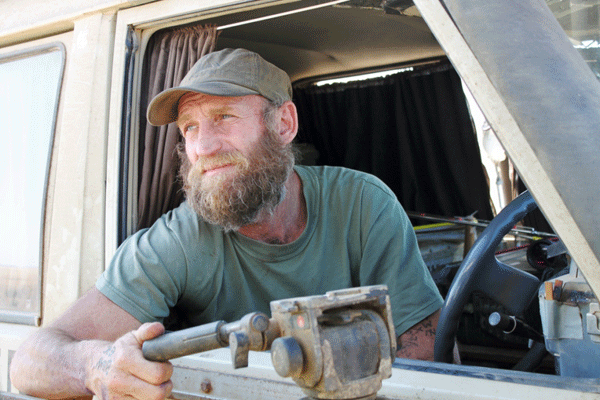
Before settling down for our interview, Flip mentioned to me that this was the first time he had spent time in the capital city in 7 years. I had some questions for him regarding his living preferences and this was a start in answering those – his work is not in the city and the crucial information that he obtains about the behaviour of the desert lions cannot be sourced technically. The men and women whose lives are intertwined with the lions he so loves are ‘out there’, in the conservancies; so, that is where he chooses to be. He takes as little credit as possible for the substantially positive effect the Desert Lion Conservation project is having, and immediately emphasises the difficulties the people face with the lions in Namibia. He repeatedly told me of their entitlement to kill the lions, should they feel threatened or suffer the loss of livestock, but that his success is measured in teaching the value of these animals to the people.
Since 1997, when Dr Stander moved his research from the Khaudum National Park to the Kunene, he has revived a population of lions that was believed to be extinct; he has polished the rough diamond of tourism in the deserted wilderness of northwest Namibia; he has tended to lion threats and livestock deaths; listened with heartfelt sincerity to the devastation caused by lions, yet he has managed to relay the importance of the lion to such an extent that there are now villagers whose job it is to anticipate and placidly disperse conflict between the wild kings and the cattle.
I was very much aware that this talk to be delivered by Dr Stander was an exceptional occasion and that he had never addressed such a large crowd nor had he had to summarise his life’s work into an informative slide show. Excitement tickled the air and Flip’s nervousness was evident as we tried to source extra chairs to seat the jostling crowd. The lights dimmed and voices hushed as Flip started from the beginning. An illustrated journey of his relationship with these exceptional lions, an expertly delivered explanation of the collection of ecological data, the description of the impact of the lions on local people, the moments of suspense and sadness, and those of victory and joy. It was a moving and enriching evening that so clearly touched base with the city-slickers of Namibia, many of whom were enlightened for the first time.
If monetary outcomes are anything to go, TOSCO Trust successfully raised an estimated N$ 170 000 for Desert Lion Conservation on that night alone. Flip got one look at his gloriously canvassed photographs before they were snatched up on auction, and his offer of a 3 day Desert Lion Safari climbed to the highest bidding territory before one envied audience member walked away with the ticket of a lifetime
